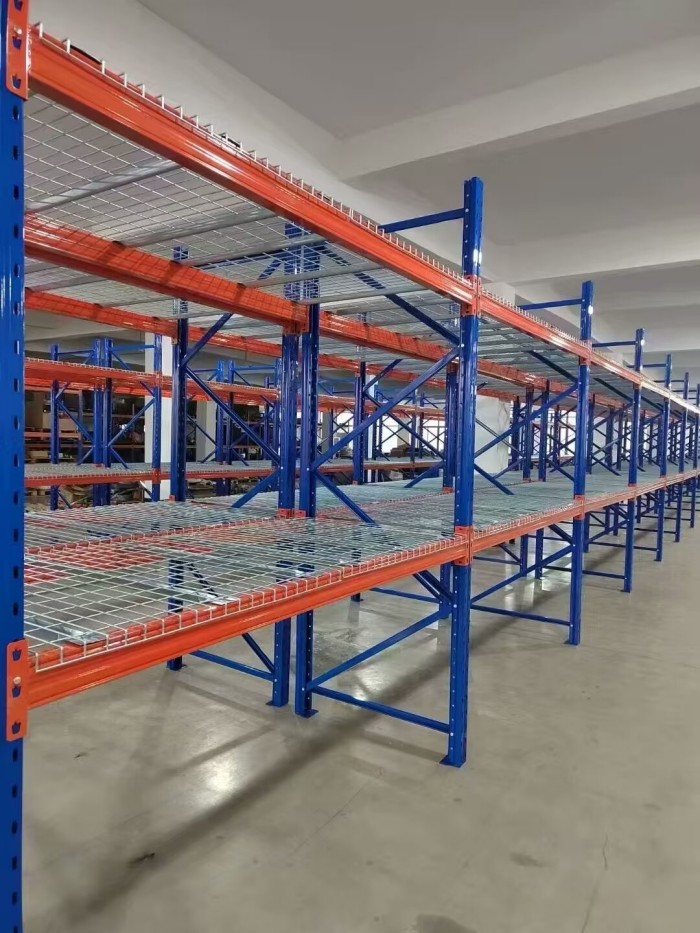
The exterior of a property serves as its first impression, making it crucial to choose the right materials for its covering. In this blog post, we will delve into the various materials commonly used for exterior property coverings and explore their benefits, drawbacks, and suitability for different architectural styles and climates.
- Brick:
Brick has long been a popular choice for property exteriors due to its durability, timeless appeal, and versatility. Its natural composition of clay and shale provides excellent insulation, making it energy-efficient. Additionally, brick is resistant to fire, rot, and pests, ensuring a long lifespan for the property. However, brick can be expensive and time-consuming to install, requiring skilled labor. - Wood:
Wood is a classic choice for exterior coverings, offering a warm and natural aesthetic. It can be used in various forms, such as shingles, clapboards, or panels, allowing for diverse design possibilities. Wood is relatively easy to work with and can be painted or stained to match any desired color scheme. However, wood requires regular maintenance, including sealing and repainting, to protect it from moisture, insects, and decay. - Vinyl:
Vinyl has gained popularity in recent years due to its affordability, low maintenance requirements, and wide range of colors and textures. It is a synthetic material that resists fading, cracking, and warping, making it suitable for various climates. Vinyl is also easy to clean and does not require painting. However, it may not offer the same level of durability and aesthetic appeal as natural materials like brick or wood. - Fiber Cement:
Fiber cement is a composite material made from cement, sand, and cellulose fibers. It has gained recognition for its durability, resistance to fire, insects, and rot, and its ability to mimic the appearance of wood or masonry. Fiber cement is low maintenance, requiring only occasional repainting. However, it can be heavy and may require professional installation. - Stucco:
Stucco is a traditional exterior covering made from a mixture of cement, sand, and lime. It is known for its versatility, as it can be applied to various surfaces, including concrete, masonry, or metal. Stucco offers excellent durability, fire resistance, and insulation properties. However, it requires skilled application to ensure a smooth and long-lasting finish. Additionally, stucco may crack over time and may not be suitable for regions with high moisture levels.
Conclusion:
Choosing the right material for the exterior covering of a property is a crucial decision that impacts its aesthetics, durability, and maintenance requirements. Each material discussed in this article has its own unique characteristics and considerations. Whether it's the timeless appeal of brick, the natural beauty of wood, the affordability of vinyl, the versatility of fiber cement, or the traditional charm of stucco, understanding the pros and cons of each material will help property owners make an informed choice that suits their specific needs and preferences.







